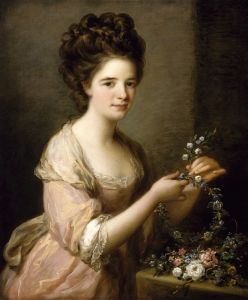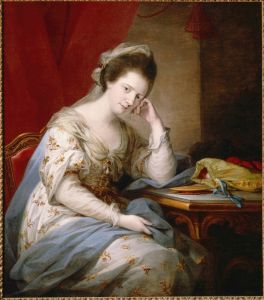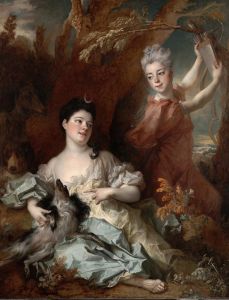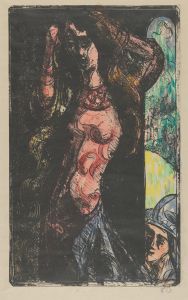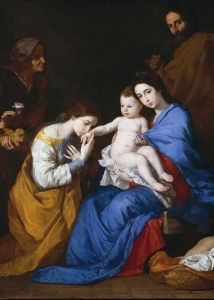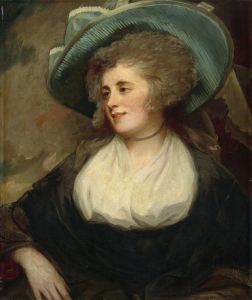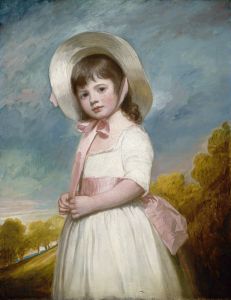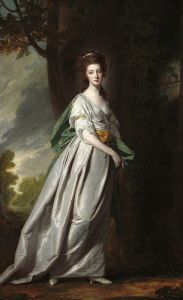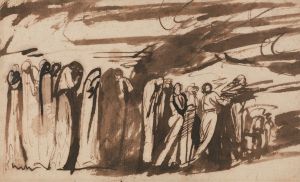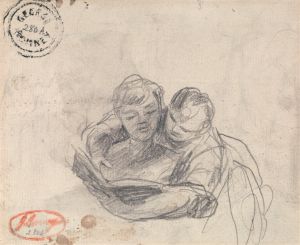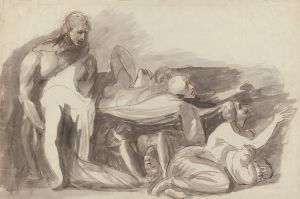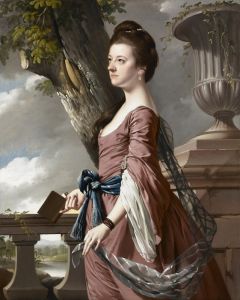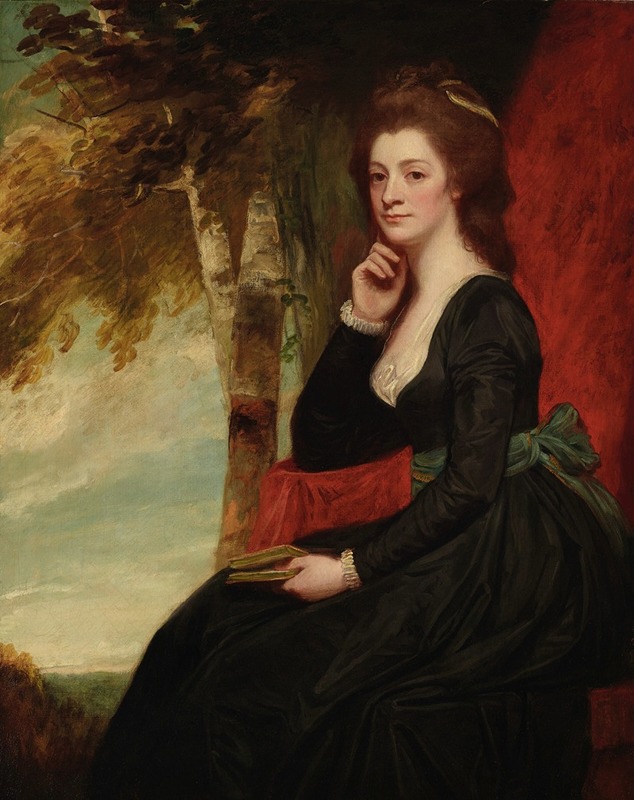
Portrait of a lady, traditionally identified as Anne, Countess of Clare
A hand-painted replica of George Romney’s masterpiece Portrait of a lady, traditionally identified as Anne, Countess of Clare, meticulously crafted by professional artists to capture the true essence of the original. Each piece is created with museum-quality canvas and rare mineral pigments, carefully painted by experienced artists with delicate brushstrokes and rich, layered colors to perfectly recreate the texture of the original artwork. Unlike machine-printed reproductions, this hand-painted version brings the painting to life, infused with the artist’s emotions and skill in every stroke. Whether for personal collection or home decoration, it instantly elevates the artistic atmosphere of any space.
George Romney's "Portrait of a Lady, Traditionally Identified as Anne, Countess of Clare" is a notable work by the acclaimed 18th-century English portrait painter. Romney, born in 1734 in Dalton-in-Furness, Lancashire, was one of the leading portraitists of his time, alongside contemporaries such as Sir Joshua Reynolds and Thomas Gainsborough. His portraits are celebrated for their elegance, refined style, and the ability to capture the character and grace of his sitters.
This particular painting, "Portrait of a Lady," is traditionally identified as depicting Anne, Countess of Clare. However, it is important to note that the identification of the sitter is not definitively confirmed, as is often the case with portraits from this period. The attribution to Anne, Countess of Clare, is based on historical tradition rather than documented evidence.
The portrait exemplifies Romney's skill in rendering the delicate features and fashionable attire of his subjects. The lady in the portrait is depicted with a serene expression, her gaze directed slightly away from the viewer, which was a common pose in Romney's works, lending an air of introspection and dignity to the sitter. The use of light and shadow in the painting highlights the textures of the fabric and the softness of the skin, showcasing Romney's mastery in creating lifelike representations.
Romney's technique involved a loose and fluid brushwork, which can be observed in the treatment of the lady's hair and clothing. This approach allowed him to convey a sense of movement and vitality, distinguishing his work from the more rigid and formal portraits of the earlier 18th century. The background of the painting is typically understated, ensuring that the focus remains on the sitter, a hallmark of Romney's portraiture style.
During his career, George Romney was highly sought after by the British aristocracy and upper classes, who admired his ability to portray them with elegance and sophistication. His studio in London was a bustling hub of activity, where he produced numerous portraits that captured the essence of the Georgian era's social elite.
While the exact date of the painting is not specified, it likely falls within the period of Romney's peak productivity, between the 1770s and 1790s. This was a time when he was at the height of his fame, having established himself as a leading portraitist after returning from a formative period in Italy, where he studied the works of the Old Masters.
Romney's legacy as an artist is marked by his contribution to the development of portrait painting in Britain. His works are characterized by their psychological depth and the ability to convey the personality and status of his subjects. "Portrait of a Lady, Traditionally Identified as Anne, Countess of Clare" is a testament to his enduring skill and the timeless appeal of his art.
Today, Romney's portraits are held in high regard and can be found in major art collections and museums around the world. They continue to be studied and appreciated for their artistic merit and historical significance, offering insights into the fashion, culture, and society of 18th-century Britain.





